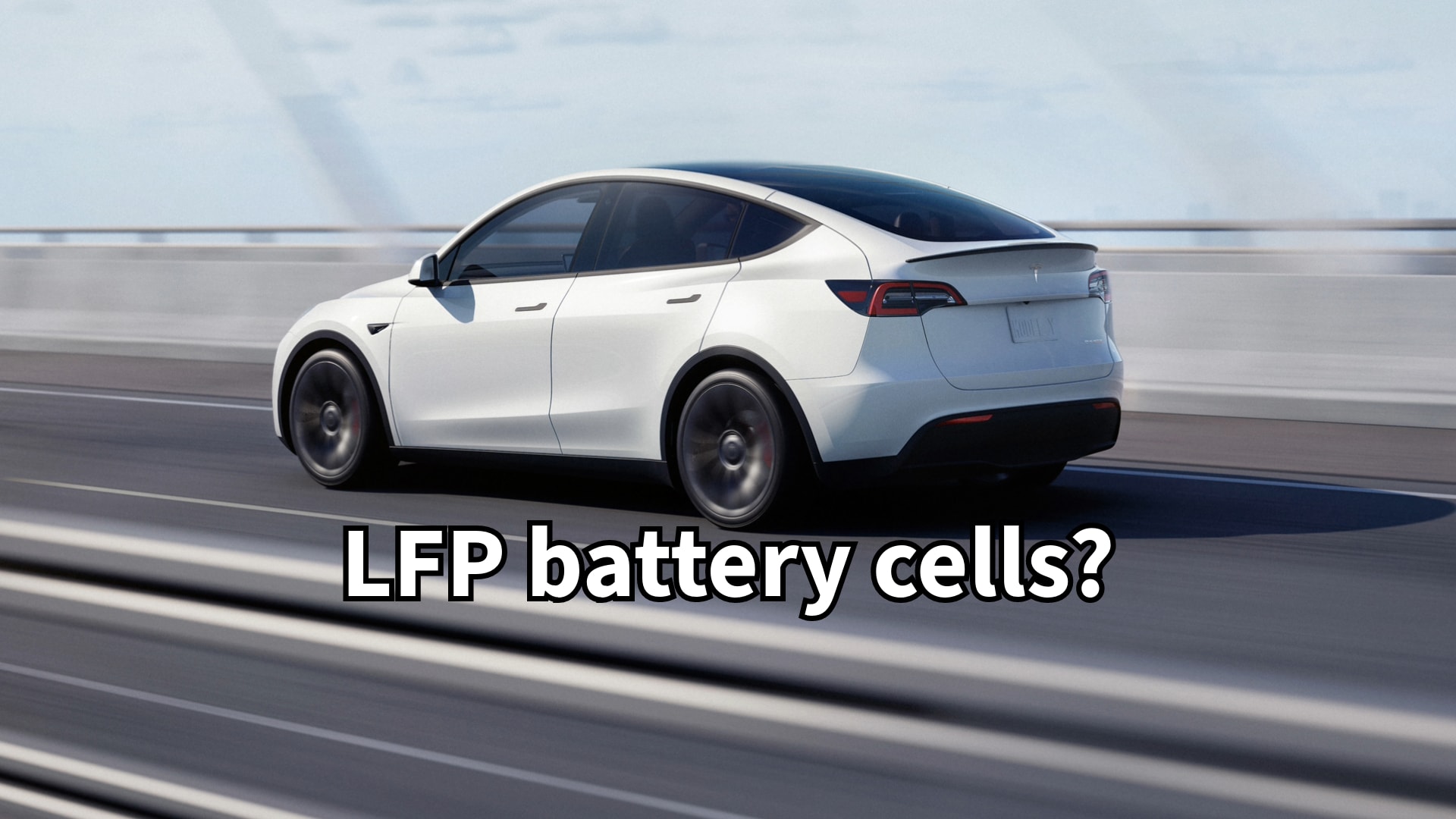There is no trick with the RWD Model 3 as it is *not* eligible for the Fed tax credit because it uses an LFP pack made in China.
I didn't write that, it's a direct lift from the article I posted from AutoEvolution source document I linked to.
All Model Y's are eligible for the $7500 if your income is within the range, and even if you make over the income range if you lease you get the full $7500 credit anyway, its just spread evenly over the lease payments.
I bought both a Model LRX and LRY this year, so we had to put one in my son's name so he could get the credit, and one in my wife's name, so she could get the credit. If I get a LRS this year, I will lease it so I can get the Tesla lease incentive of $7500, but we may hold to see if the CT shows up.
Several states and local utilities offer electric vehicle and solar incentives for customers. Find state and local-specific incentives available in your area.

www.tesla.com
Customers who take delivery of a qualified new Tesla vehicle and meet all federal requirements are eligible for a tax credit up to $7,500, which can be deducted from the purchase price at time of delivery for eligible cash or financing purchases through Tesla. Customers are limited to two time-of-sale tax credits per year.
Tax Credit for Each Vehicle:
- Model 3 Performance: $7,500
- Model X Dual Motor: $7,500
- 2024 Model Y Rear-Wheel Drive: $7,500
- Model Y Long Range: $7,500
- Model Y Performance: $7,500
AGI Limitations
- $300,000 for married couples filing jointly
- $225,000 for heads of households
- $150,000 for all other filers
Price Caps
The vehicle MSRP at time of delivery must not exceed the following caps. This price includes optional equipment physically attached to the vehicle at the time of delivery and excludes software features, accessories, taxes and fees.
The following models currently qualify for federal tax credits for eligible buyers who meet all other federal requirements (including AGI limitations):
Price caps set by the federal government are subject to change.





